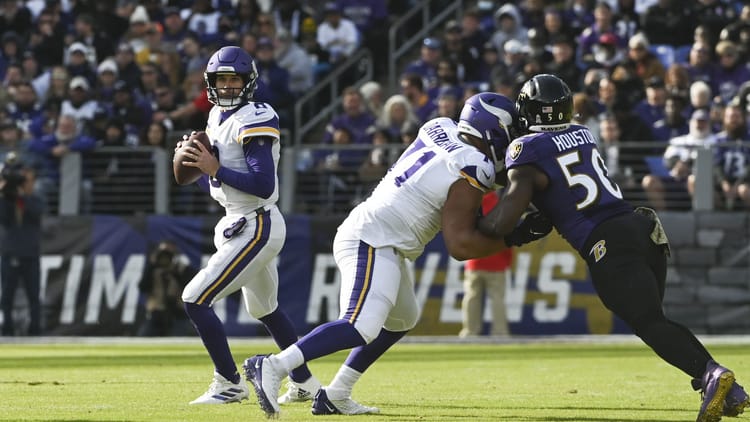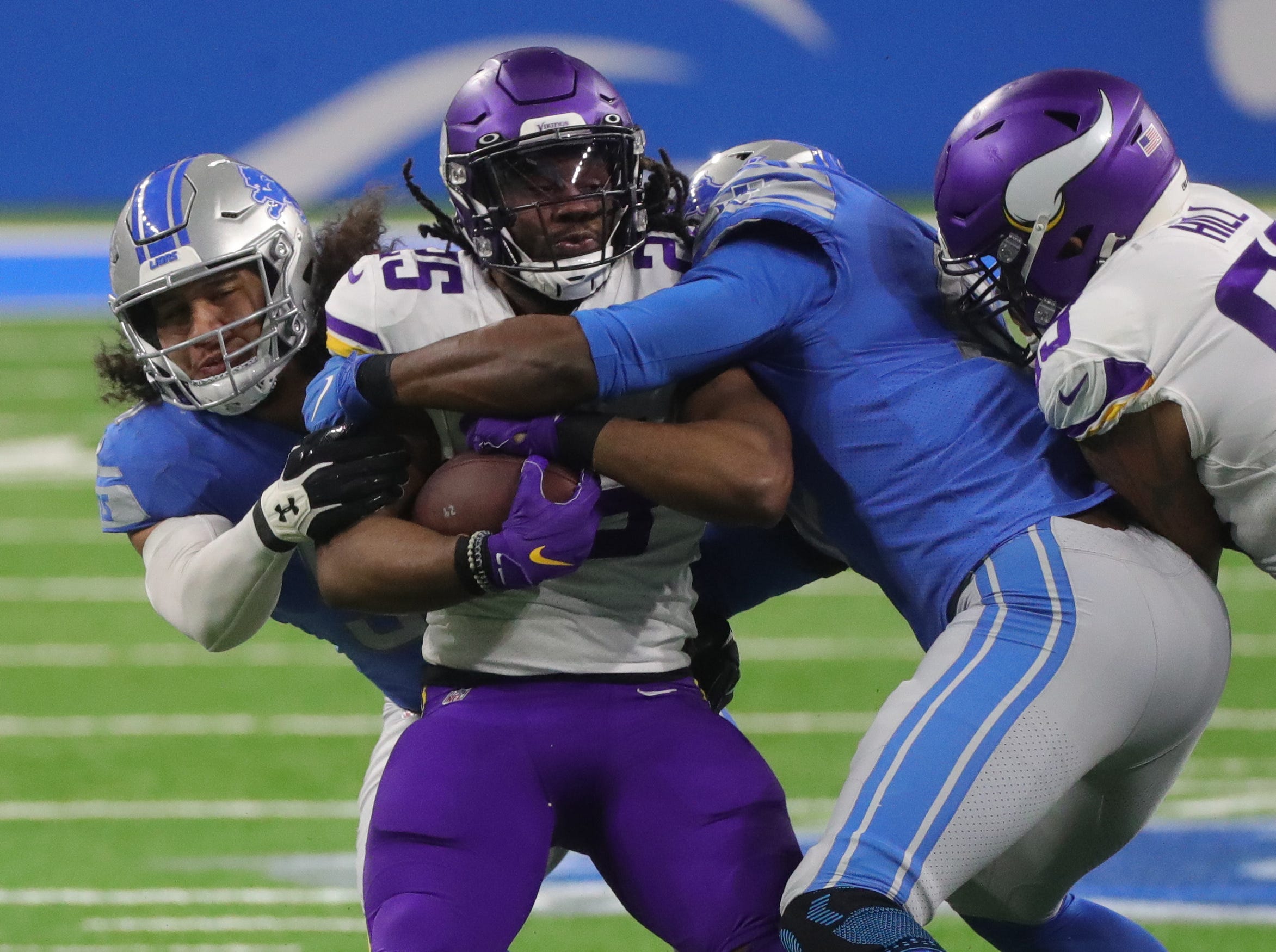Has The Vikings Offense Changed Its Ways?

The Minnesota Vikings bounced back from a series of disappointing performances, defeating the Los Angeles Chargers by a score of 27-20. The Vikings offense was a main reason why.
One limiting factor during the recent losing streak was the offense’s inability to move the ball and to stay on the field. This week’s performance was much improved, as the Vikings converted in clutch situations and put up enough points to best the Chargers, despite almost half of the starting defense missing the game due to injuries. The question is: what did the Vikings do differently this week to revive the offense?
The Vikings made a couple of noticeable changes to this week’s game plan.
First of all, head coach Mike Zimmer seemed to listen to the fanbase, or maybe just common sense, and chose to be more aggressive this week. Coming into the game, many Vikings fans complained about the general lack of aggressiveness and a sense of complacency on the offensive side of the ball after they blew several double digit leads in games which they should have won. Zimmer is known for making conservative calls, playing for field goals instead of touchdowns, punting the ball away rather than risking a turnover on downs, and keeping the ball on the ground on offense to reduce turnovers and to keep the clock moving. Against the Chargers, they flipped this approach upside down. The entire focus of the game plan was to be more aggressive. Zimmer admitted as much in the post game press conference, saying: “I just told the team, ‘We’re going to be aggressive.’ If we get beat because we run a fake punt and don’t get it, then we just have to suck it up and stop them on defense.”
[brid autoplay=”true” video=”898503″ player=”26281″ title=”AdVT9%20Coaching” duration=”239″ description=”undefined” uploaddate=”2021-11-11″ thumbnailurl=”//cdn.brid.tv/live/partners/19439/thumb/898503_t_1636646066.png” contentUrl=”//cdn.brid.tv/live/partners/19439/sd/898503.mp4″]
With this new aggressive approach, Klint Kubiak and the Vikings offense scored a touchdown on fourth and goal while trailing by four points in the second half. They lined up for a fake punt on fourth and seven in their own territory, even though the play was blown dead. They threw the ball 15 times on first and ten, more than they have all season. And, to cap the game off, they chose to go for the first down on fourth and two to seal the game rather than kick the field goal. All of these aggressive decisions resulted in the Vikings ending the game in victory formation.
In addition to taking more shots down the field in general, another noticeable change to the game plan this week was to get the ball to Justin Jefferson. Jefferson only had 5 catches in the previous two losses against the Ravens and the Cowboys. Against the Chargers, Kubiak’s game plan was centered around getting Jefferson touches, whether through bootlegs, reverses, or jump ball opportunities. Like the increased aggressiveness, this change to the game plan paid immediate dividends, as Justin finished the game with 9 catches on 11 targets for 143 yards.
To summarize, an increase in aggressiveness and a focused effort to get Justin Jefferson touches seemed to get the Minnesota Vikings offense back on track on Sunday. However, this was just one game out of 17. The Vikings will need more of the same at home against the Green Bay Packers next weekend, as they once again are faced with an opportunity to get back to .500 and keep the season on track.

